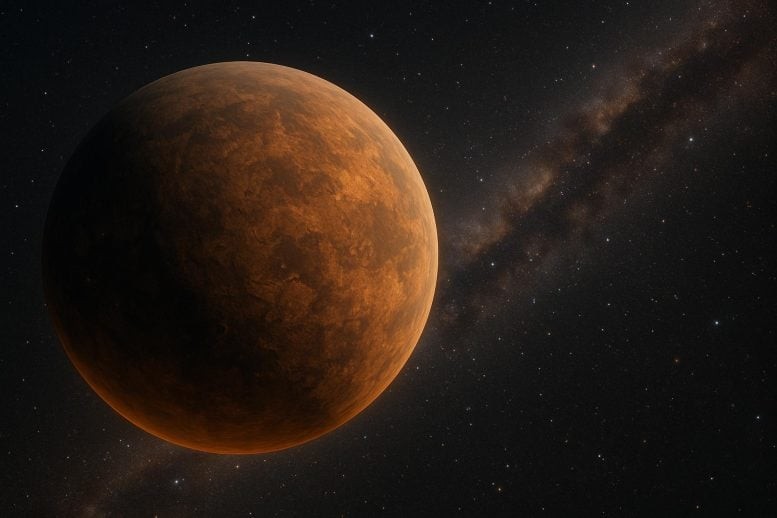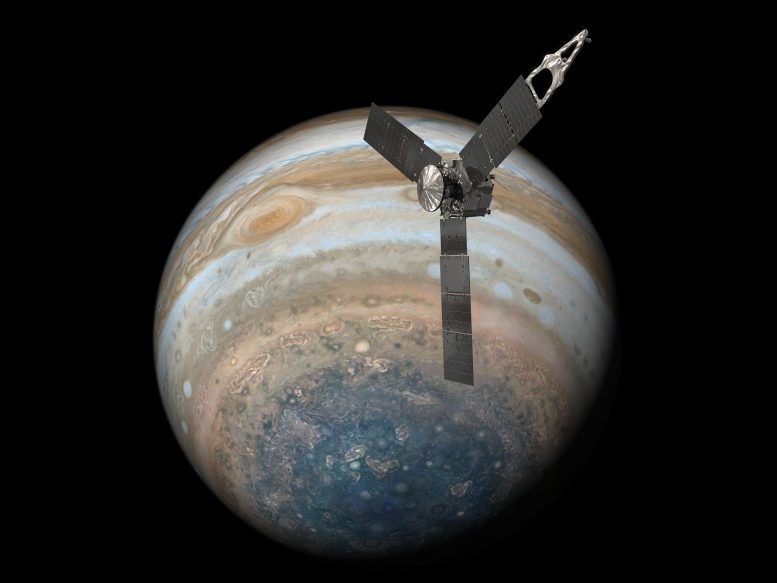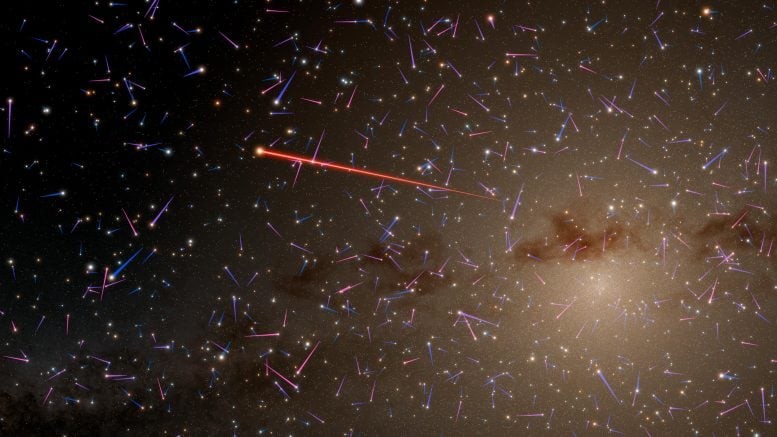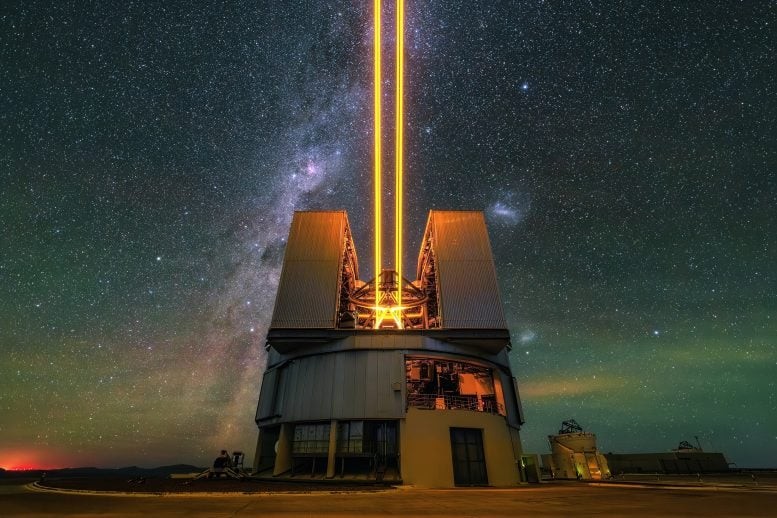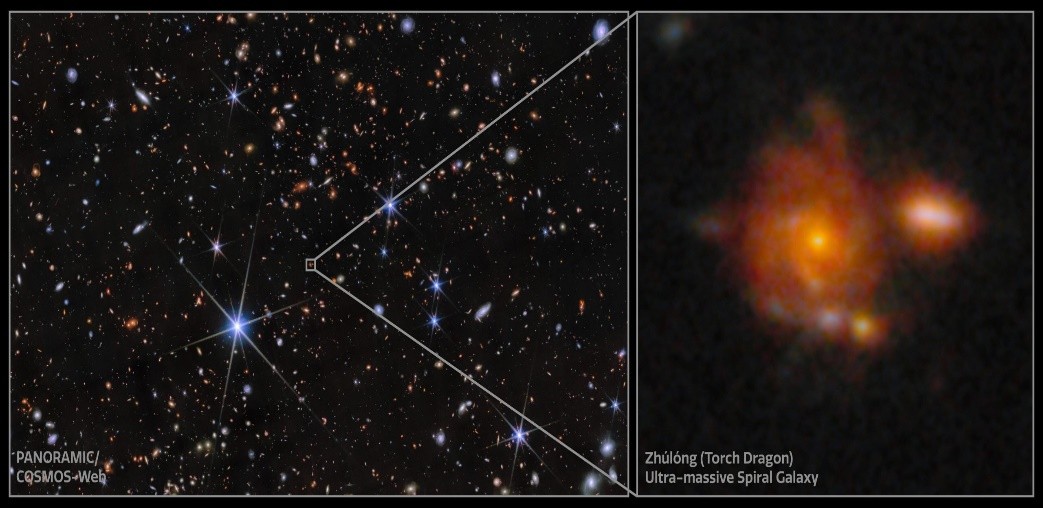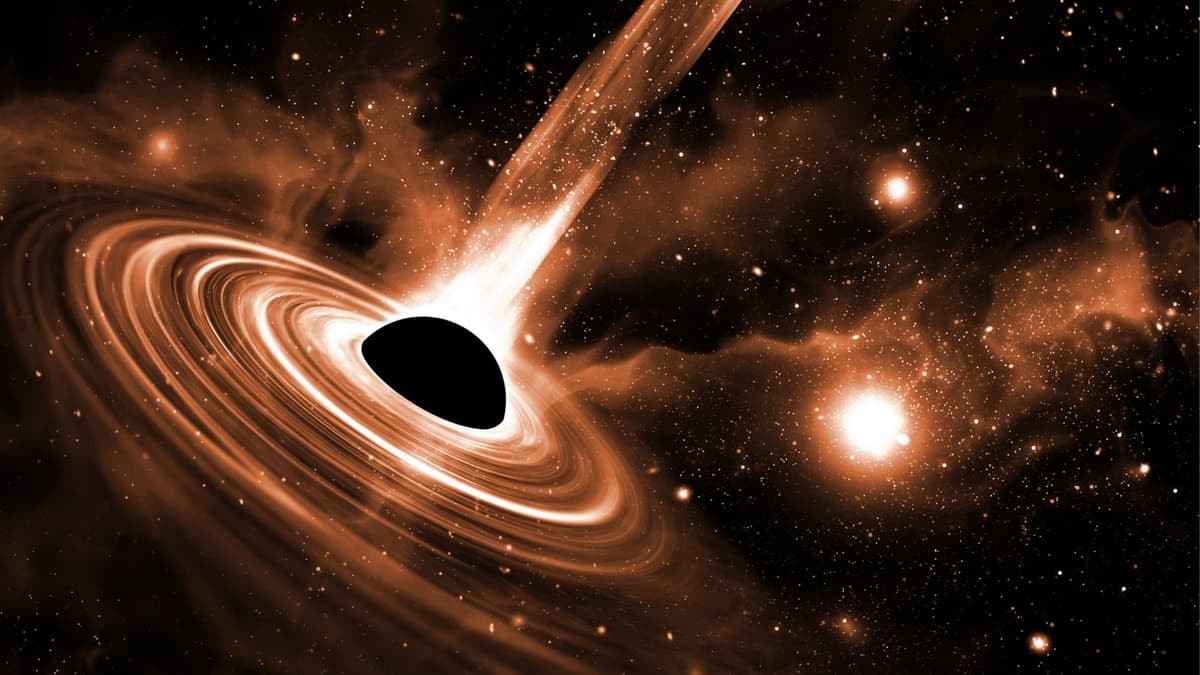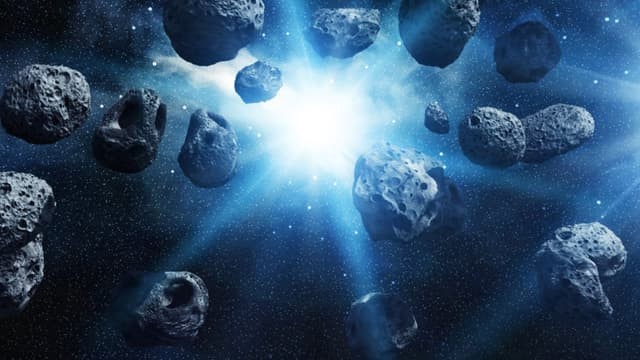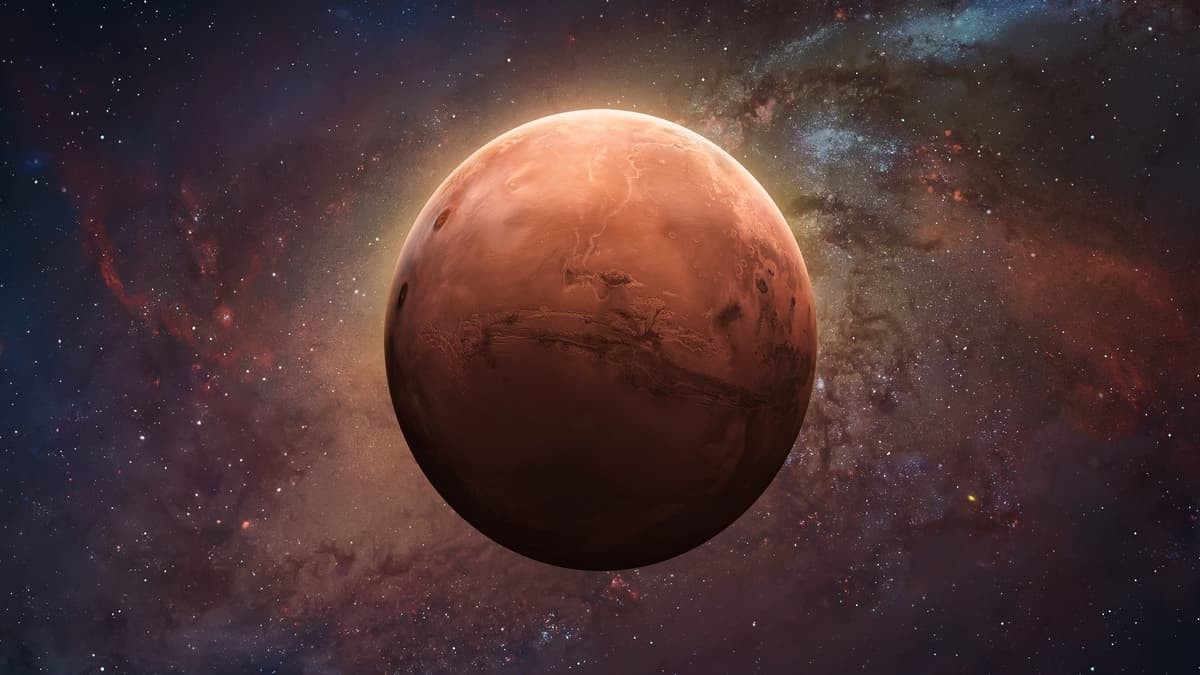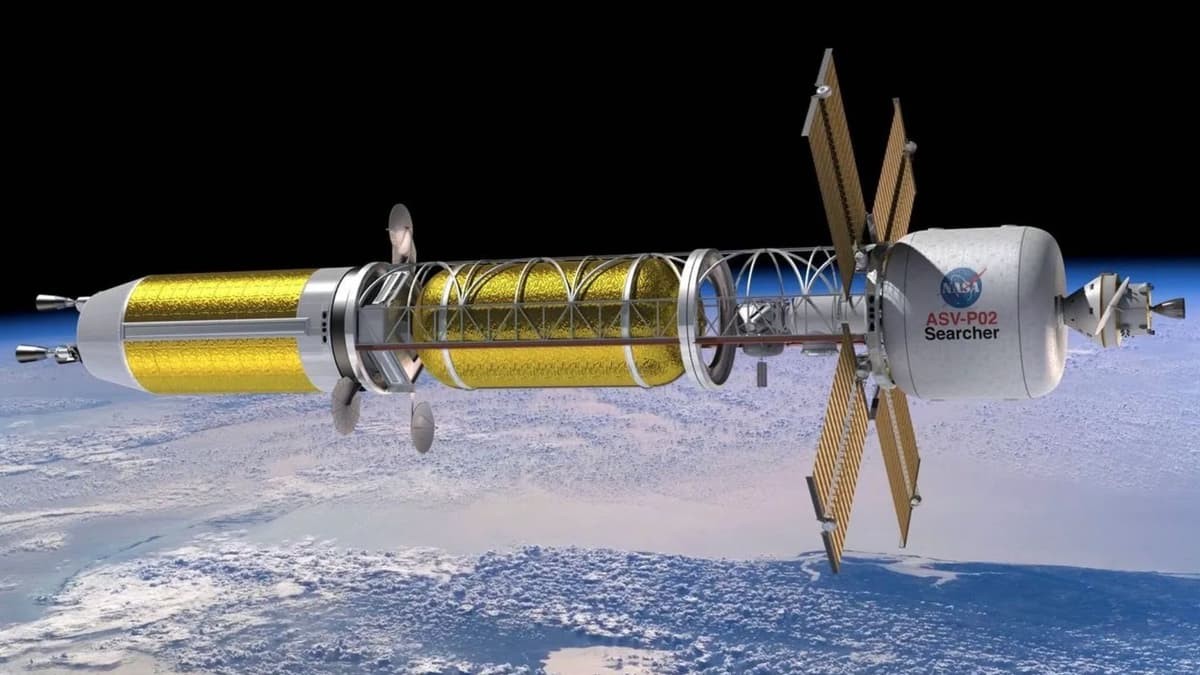Everything Fades: From Neutron Stars to Humans, The Universe Is Ticking Down
What if black holes weren’t the only things destined to vanish? New research suggests that all ultra-dense cosmic objects—from neutron stars to white dwarfs—may eventually evaporate through a process similar to Hawking radiation.
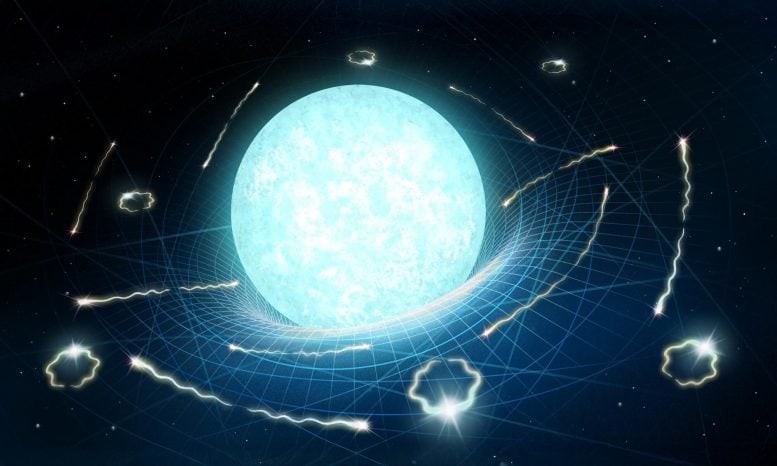
Figure 1. Cosmic Countdown.
Even more surprising, the universe might end far sooner than once believed. Instead of an unimaginably distant future, the final curtain could fall in a mere 107810^ {78}1078 years—not the previously predicted 10110010^ {1100}101100. In a daring fusion of astrophysics, quantum theory, and mathematics, a new study explores not only the fate of stars, but also that of the Moon—and even a single human being.
Beyond Black Holes
A team from Radboud University in the Netherlands, led by black hole expert Heino Falcke, quantum physicist Michael Wondrak, and mathematician Walter van Suijlekom, has expanded a radical idea: not only black holes, but other dense astronomical bodies like neutron stars might also slowly "evaporate" via a Hawking-like mechanism. Figure 1 shows Cosmic Countdown.
Their earlier theory made waves in the scientific community. The question on everyone’s mind: how long would this cosmic fade take? Their latest study finally crunches the numbers.
A Ticking Clock for the Cosmos
According to their calculations, the universe could reach its end in about 107810^{78}1078 years—the time it would take even the most resilient stars, such as white dwarfs, to fully dissolve. By comparison, traditional estimates that excluded this evaporation process extended to a mind-blowing 10110010^{1100}101100 years.
Lead author Heino Falcke notes, “So the ultimate end of the universe comes much sooner than expected, but fortunately, it still takes a very long time.”
The idea builds on Stephen Hawking’s revolutionary 1975 theory, which proposed that black holes emit faint radiation due to quantum effects near their event horizons. According to this model, particle-antiparticle pairs briefly form at the edge of a black hole—one falls in, the other escapes, gradually stealing mass from the black hole until it vanishes.
Now, this new research broadens the scope: not just black holes, but everything may ultimately evaporate, particle by particle.
The team found that the evaporation process applies to any object with a gravitational field—and that its timeline depends only on the object’s density, not its gravity [1]. Surprisingly, neutron stars and stellar black holes have nearly identical evaporation times: around 106710^{67}1067 years. This result challenges the intuition that stronger gravity (like that of black holes) should accelerate decay.
“But black holes don’t have surfaces,” explains Michael Wondrak. “They actually reabsorb some of their own radiation, which slows the process down.”
Moon Dust and Human Echoes
While at it, the researchers went further—calculating how long it would take for the Moon and even a human body to evaporate via this same quantum process. The answer? Roughly 109010^{90}1090 years. Naturally, they acknowledge that other forces will likely erase us long before then.
Co-author Walter van Suijlekom emphasizes the significance of blending disciplines. “By combining astrophysics, quantum physics, and mathematics, we can ask questions no single field could answer alone. Exploring extreme cases like this helps us probe the limits of our theories—and maybe, one day, unravel the full mystery of Hawking radiation.”
Reference:
- https://scitechdaily.com/everything-evaporates-from-neutron-stars-to-you-the-universe-is-on-a-clock/
Cite this article:
Keerthana S (2025), Everything Fades: From Neutron Stars to Humans, The Universe Is Ticking Down, AnaTechMaz, pp.386


